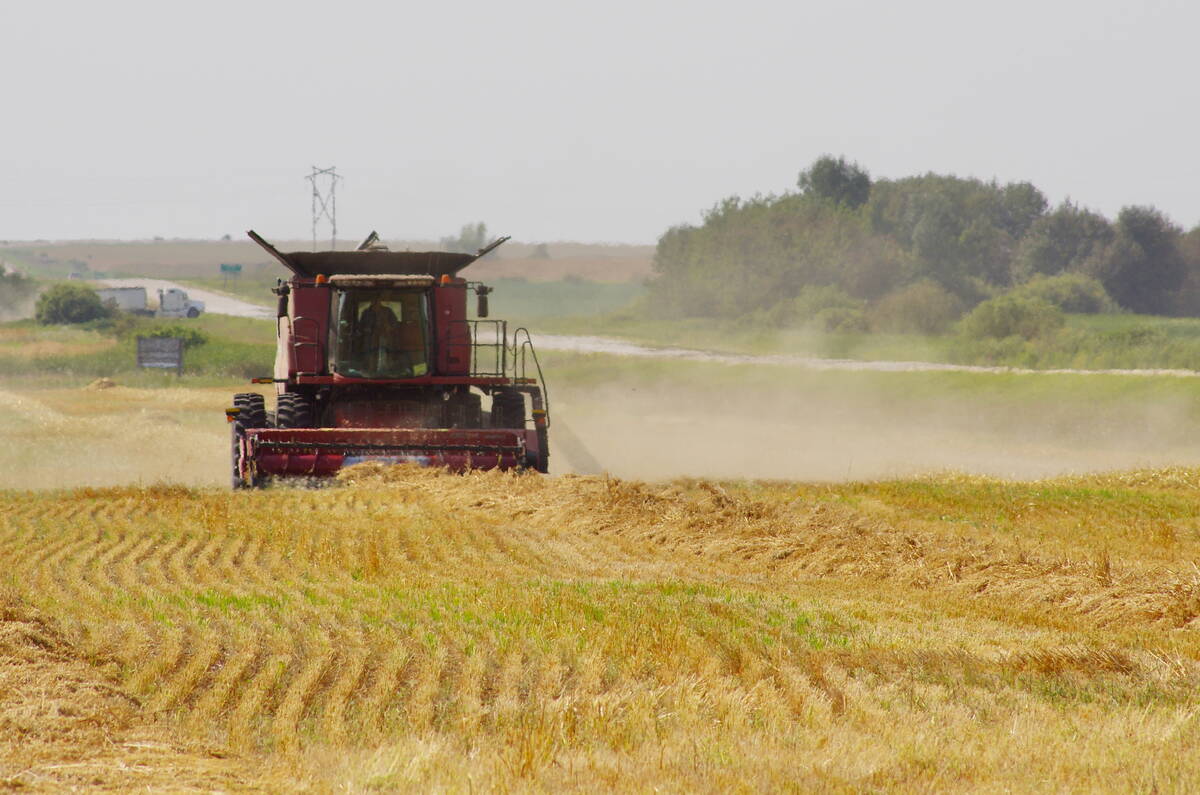As of March 4, prairie farmers will no longer be able to use the poison to manage Richardson’s ground squirrels
A deadline looms to halt the use of two percent liquid strychnine for control of Richardson’s ground squirrels, more commonly known as gophers.
Farmers on the Prairies are allowed to use the product until March 4, in the final phase of a three-year phase-out period.
Municipalities and counties have not been allowed to sell two percent strychnine to farmers since March 4, 2022.
“Pest Management Regulatory Agency (PMRA) issued a final decision on deregistration of strychnine for ground squirrel control, March 4, 2020. We’ve got until March 4 of this year if it’s in your shed to use it. Any use past that is against the law,” said James Tansey, insect and vertebrate pest management specialist for Saskatchewan Agriculture.
Read Also

Herbicide resistance sprouts in Manitoba’s wild oats
Farmers across Manitoba this fall are gearing up for the latest salvo in what, for many, has become a longtime battle to beat out wild oats.
“Some of the concerns with strychnine were with impacts on non-target organisms, so that is animals that are going to scavenge on the bodies or be exposed directly to the toxins,” he said during a Top Notch Farming meeting hosted by SaskCanola in partnership with SaskBarley, Saskatchewan Agriculture and other organizations in Saskatoon Feb. 1.
Several alternative commercial products are available. Burrow oat bait and ZP Rodent oat bait AG are zinc phosphides, which are toxic because they release phosphine gas.
Rozol RTU Field Rodent Bait and Ramik Green are first-generation anticoagulants that prevent blood clotting and the animal dies from internal bleeding.
Last spring, Tansey and colleagues conducted a second field plot study in the Saskatchewan Rural Municipality of Maple Creek, and in the Municipal District of Willow Creek in Alberta, to compare the four products against strychnine.
Two game cameras were positioned in the centre of each plot to look for non-target mortality of non-predator species, as well as species that eat gophers and could be exposed to the toxins and die.
They include pronghorn antelope, badgers, foxes, coyotes, hawks, eagles, as well as smaller wildlife moving through the area such as deer mice and song birds.
Two-day pre-treatments determined baseline gopher populations, followed by applied treatment, which were monitored daily for one week.
“We saw very little in the way of non-target mortality and what we saw was limited to deer mice. Those deer mice were either buried or in the process of being buried by carrion beetles, so they wouldn’t be available to higher scavengers,” he said, referring to the 2019 study.
“For the 2022 evaluation of strychnine alternatives, no non-target mortality was detected,” he said.
Looking at the efficacy of the different treatments, Tansey said the take-home message in this study determined that zinc phosphide products are as effective as strychnine.
“Strychnine and zinc phosphate products are indistinguishable as far as their level of control,” he said.
The control group averaged about 75 percent survivorship.
Rozol RTU Field Rodent Bait had the weakest performance with 50 percent survival, compared to 35 percent for Ramik Green, 19 percent with ZP Rodent oat bait AG, and 15 percent for Burrow oat bait. Strychnine had about 18 percent survival.
The 2022 study also included economic analysis of the four strychnine alternatives that were tested.
“One of the recurring themes is strychnine is the cheapest and the best, but we’ve seen products that are comparable to strychnine as far as efficacy, and certainly not the cheapest,” he said.
Two percent liquid strychnine concentrate is about $13 per acre, which needs to be mixed. Burrow oat bait is about $4.50 per acre and ready to use. ZP Rodent oat bait AG is almost $9 per acre, Rozol RTU Field Rodent Bait is $14.75 an acre and Ramik Green, $10.60 an acre.
However, Rozol and Ramik can require multiple applications, which can double or triple their price per acre.
An important consideration with all baits is timing. Best results are achieved if they are applied before spring green-up, which can be as early as late February, in some regions.
Tansey said another strike against anticoagulants is that fresh plant material, particularly legumes, are high in vitamin K and act as the antidote.
“So, gopher feels sick, gopher eats plants, gopher gets antidote.”
However, strychnine and zinc phosphides have no antidotes. Zinc phosphide products need weak acidic solutions that would be found in an animal gut.
“There are very little residues associated with zinc phosphides,” he said.
Tansey said farmers should be planning for gopher control at the same time they’re thinking about seeding.
Upcoming gopher populations are likely comparable to last year, but conditionally based on spring weather conditions.
They can become active in mid-February in different parts of the province and remain so for about 100 days before going into a state of torpor (hibernation).
“If you’re in the Maple creek area, these girls are popping up really early. The mature females are the ones you got to control if you want population control.
“You need to hit the mature females late February, early March and once you get into April, you might be getting out a little bit past where you’re going to have efficacy. Once the plants around them start to green up, they have choices,” he said.
Late summer sightings of gophers are juvenile males, which the following spring try to mate with females.
“They fight like nobody’s business in the spring for access to females. The females only come into estrus for four hours a year, so are only receptive to males for four hours a year. The fights are pretty intense.”


















